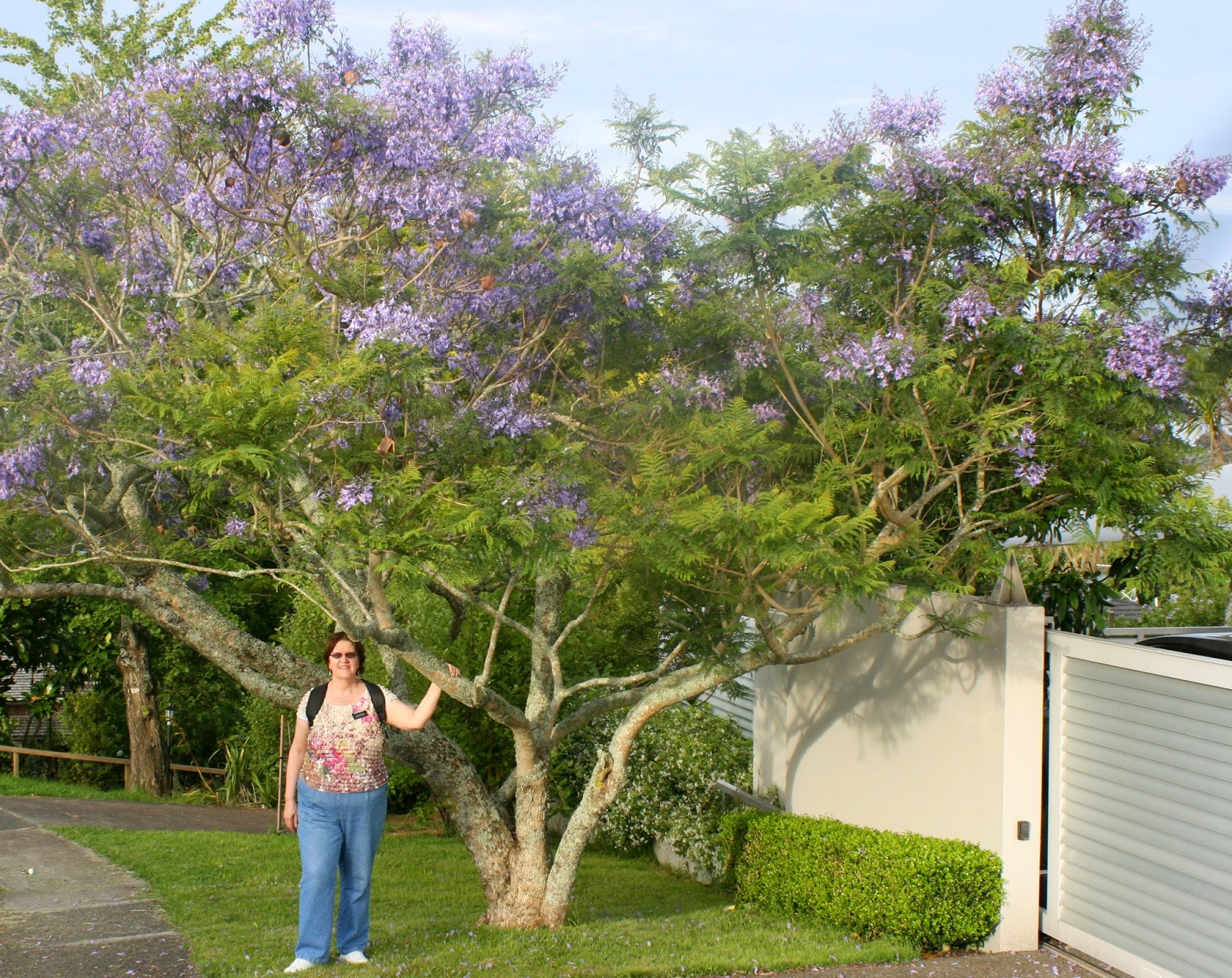
Since many olive cultivars are self-sterile or nearly so, they are generally planted in pairs with a single primary cultivar and a secondary cultivar selected for its ability to fertilize the primary one. Olives cultivated for consumption are generally referred to as "table olives". Olive cultivars may be used primarily for oil, eating, or both. An olive's cultivar has a significant impact on its color, size, shape, and growth characteristics, as well as the qualities of olive oil. Hundreds of cultivars of the olive tree are known. Wild-growing forms of the olive are sometimes treated as the species Olea oleaster, or "oleaster." The trees referred to as " white" and " black" olives in Southeast Asia are not actually olives but species of Canarium. cerasiformis ( Madeira) also known as Olea maderensis cuspidata (from South Africa throughout East Africa, Arabia to Southwest China) The sylvestris is characterized by a smaller tree bearing noticeably smaller fruit. oleaster, with the seedlings called "oleasters". The subspecies europaea is divided into two varieties, the europaea, which was formerly named Olea sativa, with the seedlings called "olivasters", and silvestris, which corresponds to the old wildly growing Mediterranean species O. The six natural subspecies of Olea europaea are distributed over a wide range: europaea contains a pyrena commonly referred to in American English as a "pit", and in British English as a "stone". Olives are harvested in the green to purple stage. The fruit is a small drupe 1–2.5 cm ( 3⁄ 8–1 in) long when ripe, thinner-fleshed and smaller in wild plants than in orchard cultivars. The small, white, feathery flowers, with ten-cleft calyx and corolla, two stamens, and bifid stigma, are borne generally on the previous year's wood, in racemes springing from the axils of the leaves. The trunk is typically gnarled and twisted. The silvery green leaves are oblong, measuring 4–10 cm ( 1 + 1⁄ 2–4 in) long and 1–3 cm ( 3⁄ 8– 1 + 3⁄ 16 in) wide. 'Pisciottana', a unique variety comprising 40,000 trees found only in the area around Pisciotta in the Campania region of southern Italy, often exceeds this, with correspondingly large trunk diameters. It is short and squat and rarely exceeds 8–15 m (25–50 ft) in height. The olive tree, Olea europaea, is an evergreen tree or shrub native to Mediterranean Europe, Asia, and Africa. The oldest attested forms of the Greek words are Mycenaean 𐀁𐀨𐀷, e-ra-wa, and 𐀁𐀨𐀺, e-ra-wo or 𐀁𐁉𐀺, e-rai-wo, written in the Linear B syllabic script. The word for 'oil' in multiple other languages also ultimately derives from the name of this tree and its fruit.

The word oil originally meant 'olive oil', from ŏlĕum, ἔλαιον ( élaion 'olive oil'). The word olive derives from Latin ŏlīva 'olive fruit olive tree', possibly through Etruscan 𐌀𐌅𐌉𐌄𐌋𐌄 ( eleiva) from the archaic Proto-Greek form *ἐλαίϝα (* elaíwa) ( Classic Greek ἐλαία elaía 'olive fruit olive tree'. About 80% of all harvested olives are turned into oil, while about 20% are used as table olives.

Thousands of cultivars of the olive tree are known. The olive's fruit, also called an "olive", is of major agricultural importance in the Mediterranean region as the source of olive oil it is one of the core ingredients in Middle Eastern cuisine and Mediterranean cuisine. The tree and its fruit give their name to the Oleaceae plant family, which also includes species such as lilac, jasmine, forsythia, and the true ash tree. It is the type species for its genus, Olea. The species is cultivated in all the countries of the Mediterranean, as well as in Australia, New Zealand, North and South America and South Africa. When in shrub form, it is known as Olea europaea 'Montra ', dwarf olive, or little olive. The olive, botanical name Olea europaea, meaning 'European olive' in Latin, is a species of small tree or shrub in the family Oleaceae, found traditionally in the Mediterranean Basin. Without proper rendering support, you may see question marks, boxes, or other symbols instead of Linear B. This article contains Linear B Unicode characters.


 0 kommentar(er)
0 kommentar(er)
